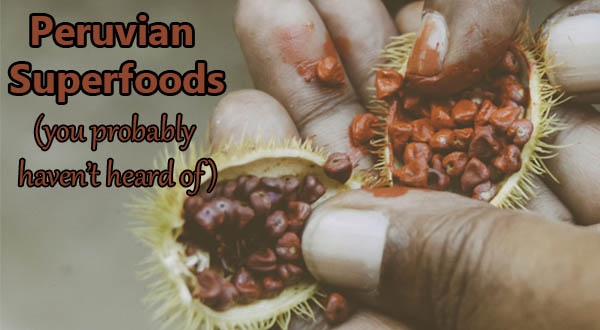You’ve heard of the Peruvian superfoods camu camu, maca, sacha inchi, and kiwicha. But, with its impressive biodiversity that includes the tall Andres Mountains and Amazon rainforest, Peru has numerous other superfoods – including these which you may have never heard of.
Achiote
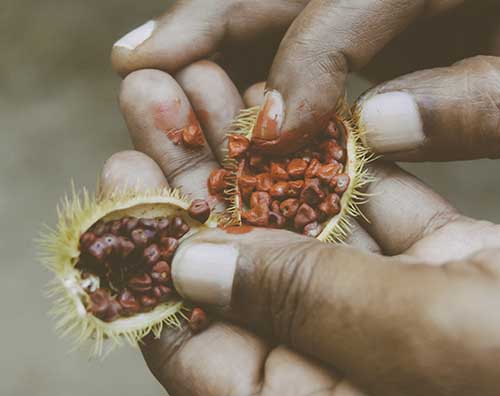
Achiote is the seeds of the Bixa orellana shrub. Because it has a bright red color, it is often used as a food dye. In its unprocessed form, achiote has numerous health benefits- particularly as a strong antioxidant and anti-inflammatory. It also may help treat indigestion, diabetes, diarrhea, and fever.
Aguaje
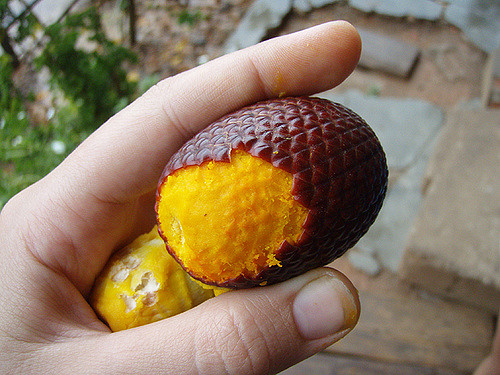
This orange fruit is covered in reddish brown scales. When aguaje is in season, you can find locals selling its juice on street corners. Aside from tasting good, aguaje is famous for helping regulate hormones – purportedly increasing butt size too! Read more about aguaje here.
Algarrobo (Prosopis Pallida)
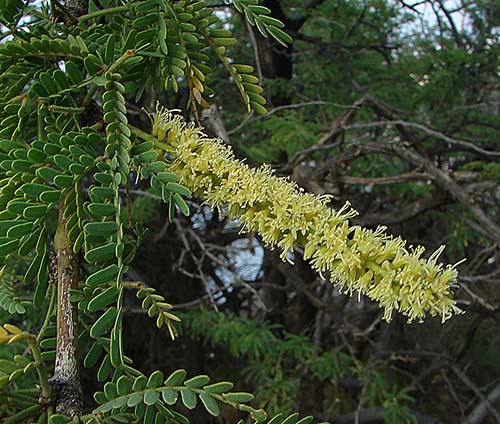
Algarrobo (also called kiawe, bayahonda and huarango) is a legume similar to carob. It has been used for centuries medicinally. Today we know that algarrobo fruit has anti-inflammatory and antimicrobial properties. It may even help treat Alzheimer disease.
Caigua (Cyclanthera Pedeta)
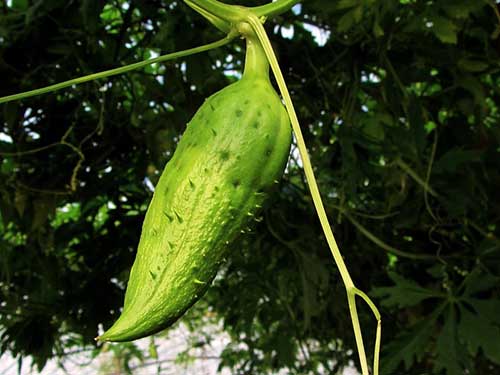
The fruit caigua is particularly good for heart health. It helps lower cholesterol and fights inflammation. It also helps lower blood sugar. Many people eat the fruit for weight loss because it purportedly absorbs fat. The fruit, leaves and young shoots can be eaten raw or cooked.
Capuacu
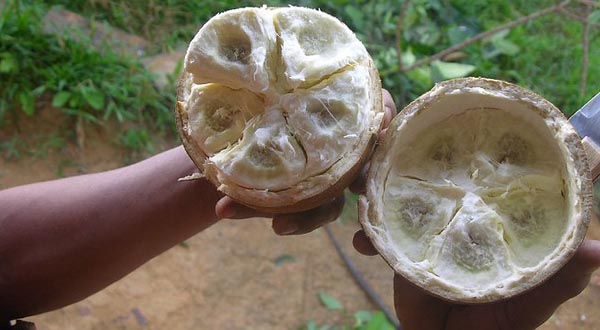
A relative of cacao, you’ll find cupuacu in many drinks and desserts in Peru. The large brown fruits contain a yellowish creamy pulp that has a sour, tangy taste. The seeds are also edible and are fermented and dried to make cupulate, which is like a tangy version of chocolate. The seeds are also prized for their oil which is great for skin and hair. Read more about cupuacu here.
Huacatay
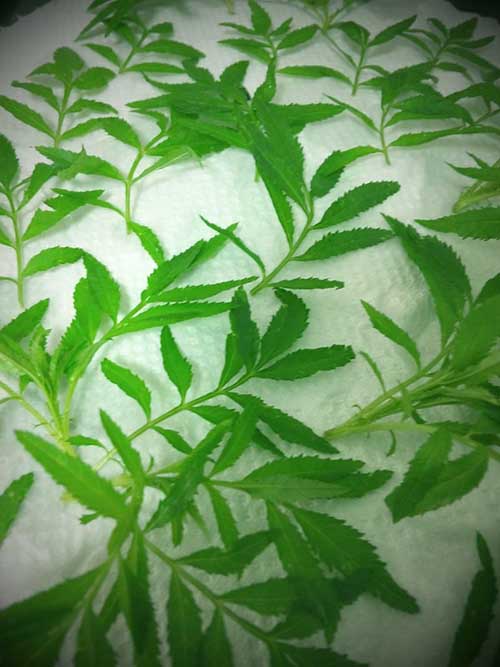
Also known as Peruvian black mint, this plant is often ground into a paste and used to flavor stews and sauces. It has numerous health benefits including fighting inflammation, treating intestinal parasites, and boosting immunity. It is similar to the herb chincho, which also has many health benefits.
LLantén
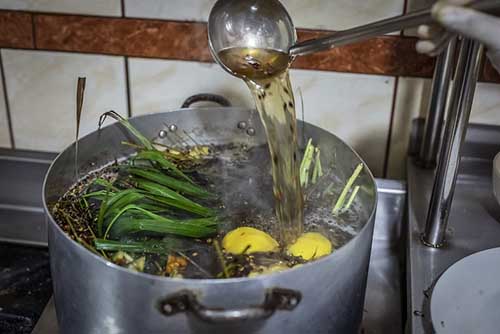
Llanten is the Peruvian name for broadleaf plantain. It is a very common weed with numerous health benefits, especially for treating cough. In Peru, it is made into a delicious drink called emoliente which also includes many other medicinal plants.
Muña
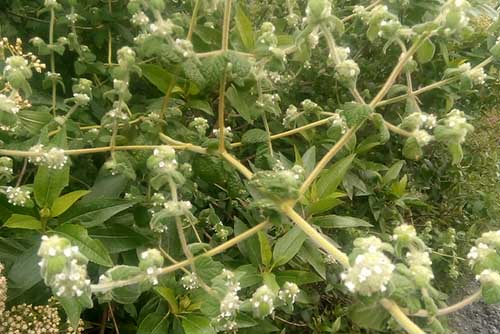
Scientifically known as Minthostachys mollis, muña belongs to the same family as mint, oregano and rosemary. Muña leaves are made into a tea. It is rich in antioxidants and health benefits include helping digestion and stomach ailments and improving bone strength.
Paico
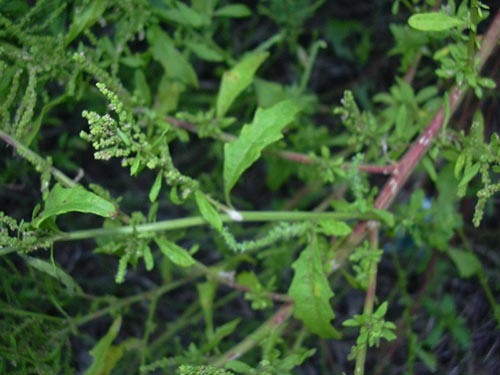
Also known as epazote or Dysphania ambrosioides (Latin), Paico is a leafy green plant. The pungent leaves are edible and used in some Peruvian recipes. Its medicinal benefits include treating intestinal parasites, helping digestion, and reducing gas.
Tarwi
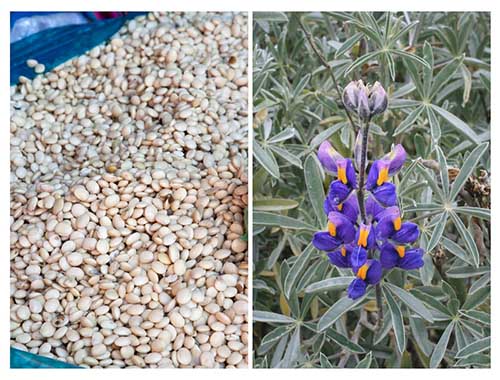
Tarwi (Latin name Lupinus mutabilis) is a blue flower which produces large seeds that are used like a bean. It grows at high elevations and has long been staple food in the Andres. Recently, tarwi started to get attention abroad because it is so powerful. The superfood bean is loaded with proteins and fiber (more than soybean) as well as essential oils, antioxidants, and important amino acids. Unlike most other beans, tarwi has almost no carbohydrates, so it is great for low-carb diets.
Yacon (Smallanthus sonchifolius)
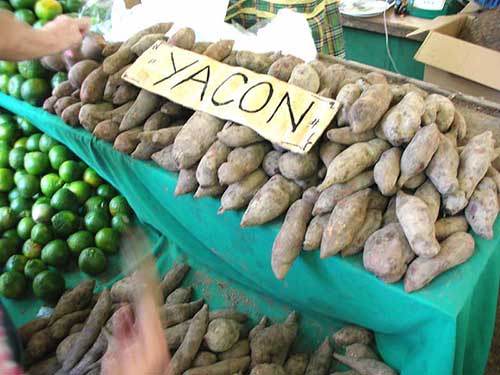
Yacon may look like a sweet potato but it has a completely different taste, texture and nutrient profile. The slightly-sweet tasting root is usually eaten raw and is crunchy like an apple. The majority of yacon is made up of a type of carbohydrate called fructooligosaccharides. These are considered to be healthy prebiotics. Studies show that they help increase levels of healthy bacteria in the gut. Once the fructooligosaccharides are fermented in the gut, they turn into short chain faty acids which help regulate immunity, glucose levels, and fat metabolism. Thus, yacon is considered a good supplement for weight loss, reducing cancer risk and maintaining healthy blood sugar levels.
What other little-known Peruvian superfoods would you add to the list? Let us know in the comments below.

